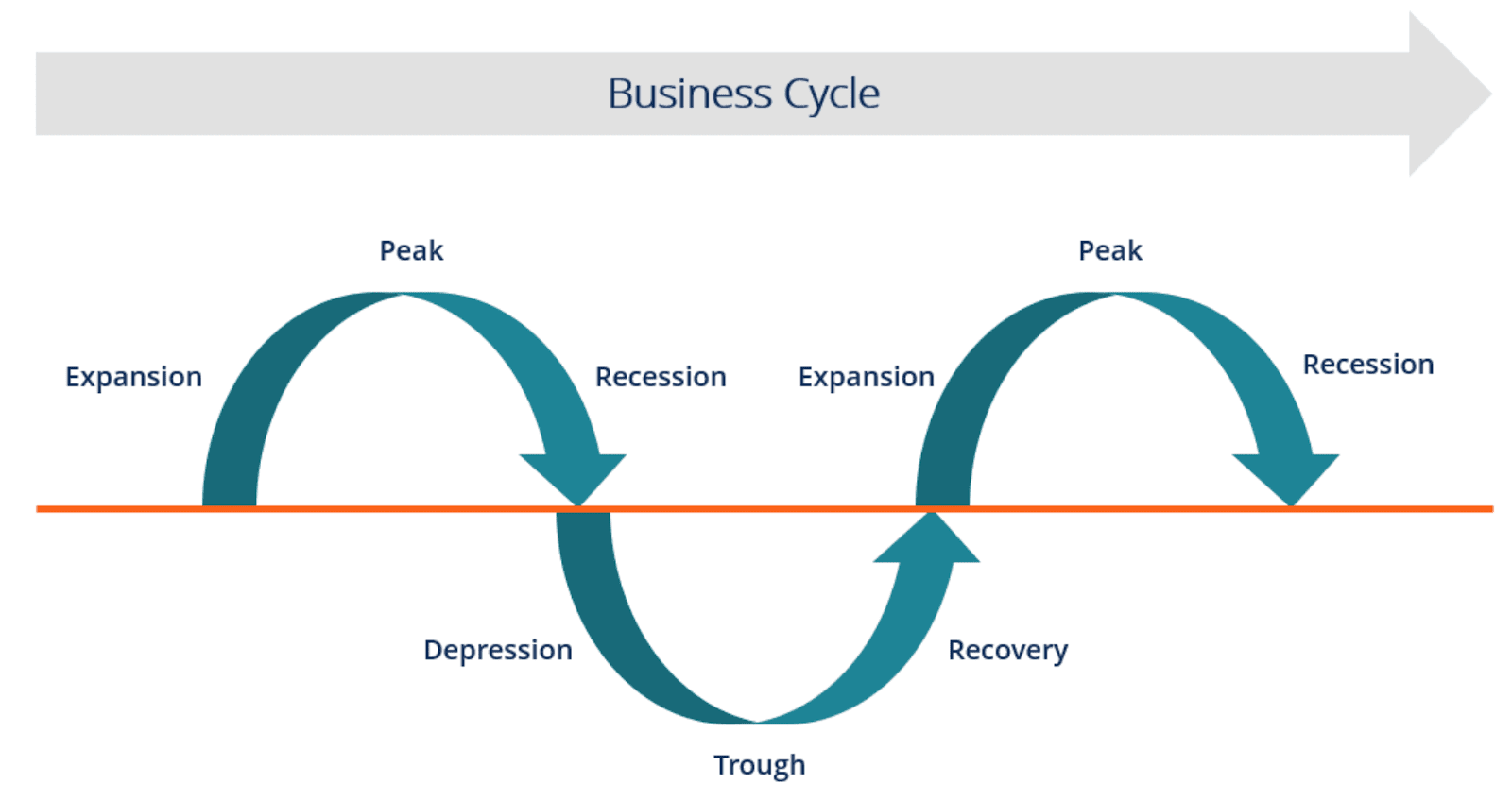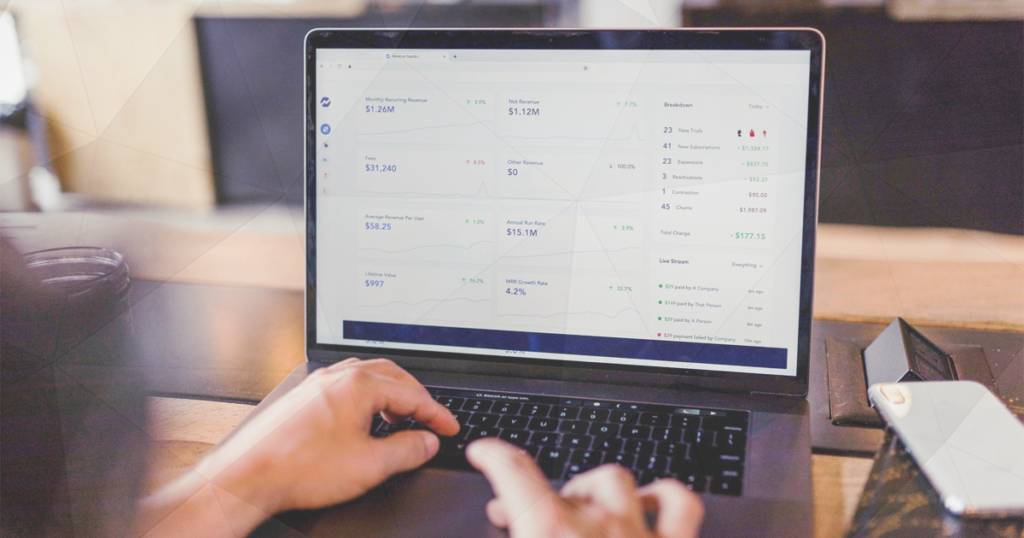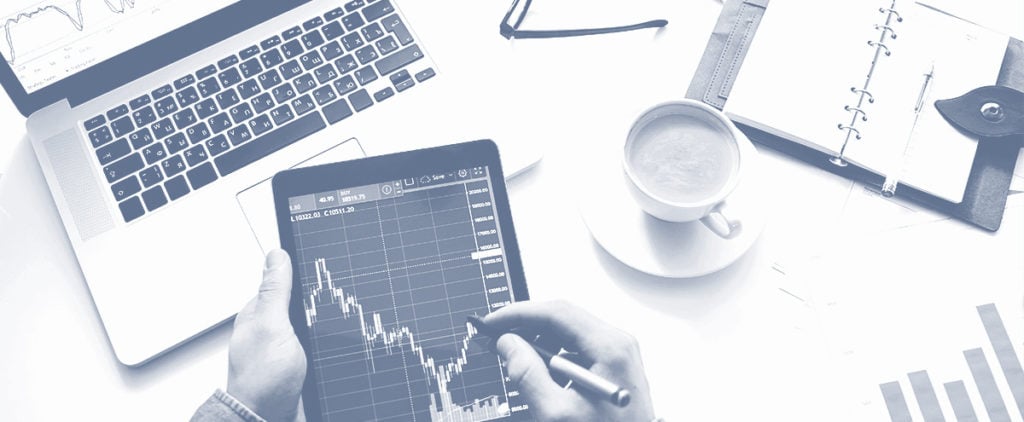Investing vs Trading: 7 Key Differences

Although investing and trading share some common ground, there are also important differences that you need to be aware of. Here is an overview of seven major differences between investing, active investing, and trading.
Investing vs Trading Explained
Investing refers to buying financial instruments across different markets with the goal of capital growth, income generation, or capital preservation.
Investors mostly have a long-term market view and holding period, keeping their positions open for years or even decades. They aim to catch the long-term growth of markets like stocks, precious metals, currencies, energy commodities, or real estate.
Trading, on the other side, is more speculative and short-term in its nature. Traders aim to catch short-term price movements and market discrepancies over a period of days or weeks. Some traders are even more short-term oriented, like scalpers and day traders who trade intraday movements in the market.
There are many factors that influence price movements in the short-term, including market news, political and social developments in specific countries, order flows, market positioning, and herd behaviour. This can cause the market to differ from its fair value in the short-term and offer attractive trading opportunities which are then traded by short-term traders.
- Learn more, take our premium course: Trading for Beginners
Active Portfolio Management
Investing in the markets doesn’t have to follow a “buy and hold” approach. Many investors actively manage their portfolios on an annually, quarterly, or even monthly basis, depending on the current business cycle, interest rate expectations, or performance of specific market sectors.
Banks and large institutional traders can be both traders and active investors. If there is no volatility in the markets, and without volatility trading opportunities diminish, banks switch to active portfolio management. Once volatility hits the markets again, they switch to active trading again. They can do both.
An example of active portfolio management used by investors is to follow the current business cycle and the yield curve to determine in what asset classes to allocate funds.
Business cycles have four phases: expansion, peak, contraction, and trough.
Image Source: corporatefinanceinstitute.com
The average length of a business cycle has been five years in the US in the last few decades, but the recent quantitative easing of the Fed has somewhat altered a normal business cycle.
In any case, expansions are followed by rising stocks and falling bonds, at the peak commodities start to rally as well, and during the contraction phase stocks start to fall and bonds start to rise.
The trough phase usually provides the best buying opportunities in the stock markets for investors who know how to read early signs of an upcoming expansionary phase.
Buy and Hold vs Active Trading
A “buy and hold” investor doesn’t actively manage his portfolio. Instead, he or she simply buys a certain number of shares, bonds, precious metals, or currencies, and holds the positions for several years.
The S&P 500 index, which is the largest and most important stock index in the world, has returned an average annual return of 7.5% over the last few decades. This is the return a “buy and hold” investor aims to achieve or beat.
By investing in certain market sectors that have a higher expected growth rate compared to other sectors, investors can boost their potential returns. However, by concentrating their portfolio on a specific sector, they also increase their risk of losses if the sector doesn’t perform as expected.
Active trading looks at short-term trading opportunities that arise as a result of breaking news, market reports, political developments, changes in risk appetite, or important technical levels.
Most of the time, active traders aren’t interested in the long-term direction of the market as they aim to take advantage of very short-term price movements.
Asset Allocation Models
Asset allocation models can significantly reduce the risk of long-term investors through investing across different classes.
Depending on your goal, some models are designed to preserve your capital, while others aim to maximize your return in the markets.
Here are the most popular allocation models:
- Capital Preservation Model – In a capital preservation model, asset allocations are designed to reduce the possibility of losses. These models are also designed to be very liquid, providing access to funds within 12 months. Capital preserving portfolios invest in US treasury bills, investment-grade commercial papers, municipal notes, and money market securities.
- Income-Oriented Model – Income-oriented portfolios are designed to provide a steady flow of income while simultaneously reducing risks of losses. Investors who want to create an income-oriented portfolio should be looking to invest in high-quality corporate debt, Real Estate Investment Trusts (REITs), bonds, and high-quality stocks that have a proven track record of dividend payments (also called “Dividend Aristocrats”).
- Growth-Oriented Model – In a growth-oriented model, a portfolio is designed to accelerate capital growth in the long run by allocating most of the funds in the stock market.
While growth-oriented portfolios tend to outperform other models in bull markets, investors also face larger losses during recessions and bear market phases.
Key Differences Between Investing and Active Trading
Now, let’s take a look at some key differences between investing and active trading.
1. Investors look at long-term trends
Since investors aim to stay invested in the markets for long periods of time, they have a long-term view of the markets. They look at trends that take weeks or months to form and want to stay in the markets during the expansionary and boom phases of the business cycle.
When a recession kicks in, which means that the GDP shrinks for two consecutive quarters, individual investors look to liquidate their positions and to re-establish them at a later point when the economy starts growing again.
The trough of a business cycle is usually the best time to buy stocks and other asset classes. When everyone else is selling, prudent investors look to buy at a discount price.
Some investors don’t bother with falling markets if they follow a “buy and hold” approach. This means, they will stay invested in the markets even during recessionary periods, as they are focused on the long-term growth of the market and have a very long holding period.
2. Traders are focused on short-term movements
Unlike investors, traders are focused on short-term price movements and speculation. Some traders even hold positions for a few seconds to take advantage of momentum in the markets or quick breakouts. Those traders are called scalpers. They open dozens of trades per day and aim to make a small profit on each trade.
Day traders open and close their trades within the same trading day. Day traders aim to profit on intraday price movements caused by a variety of factors, such as market news, breakouts, and risk sentiment, to name a few.
Day trading is perhaps the most popular trading style among new traders, even though it requires strict trading rules and discipline. Beginner traders enter the arena mostly unprepared, which is why the majority of retail traders lose money in the markets.
Trading is a business and beginners need to learn how to use trading tools to get an edge over other traders. Day trading without profitable trading tools will lead almost certainly to financial disaster.
At My Trading Skills, we have created detailed trading courses that will teach you everything you need to know to become a successful trader. If you haven’t already, take a look at our Trading for Beginners course to get the best possible foundation for your trading career.
Swing trading is another popular trading style that involves catching “swings” in the market, i.e. strong directional moves, either to the upside or downside, that can take days or weeks to develop.
Traders use various tools to determine the possibility of the price going up or down in the short-term. Some of the tools include support and resistance levels, trendlines and retracement levels, fundamental analysis, market news, investor positioning, and risk appetite, to name a few.
3. Investors try to match or slightly outperform the market
The main goal of a long-term investor is to match or slightly outperform the market benchmark – the S&P 500. The S&P 500 has returned an average annual return of around 7.5% over the last few decades, which means that investors can expect similar results by investing in an ETF (Exchange-Traded Fund) that tracks the broader market.
However, bear in mind that putting all of your eggs into one basket can be risky, especially during recessionary periods. This is why risk-averse investors should look to add government bonds to their portfolio or to diversify across different markets, sectors, asset classes, or countries.
Active portfolio management on a monthly, quarterly, or annual basis can help investors to outperform the market benchmark.
4. Traders rely on volatility in the markets
Traders live on volatility. If there are no strong movements in the market, traders have a hard time making money. That’s a major difference between investing and trading.
Investors fear volatility. A rise in the volatility of 50% increases the risk in an investor’s portfolio by 100%, so active investors have to liquidate their positions.
The VIX index is a good measure of the expected volatility in the S&P 500. Take a look at the inverse correlation between the VIX (a measure of volatility) and the S&P 500. When volatility is on the rise, banks and large institutional investors switch to active trading.
Source: dailyfx.com
5. Traders can short-sell the market
Traders can profit from falling prices by short-selling the market. Short selling refers to borrowing specific financial instruments that have a high probability of falling prices, selling the instruments on the market at the current market price, and finally buying the same instruments later at a lower price and returning them to the lender (usually the broker).
Short-selling is considered risky as traders expose themselves to theoretically unlimited losses. The price of an instrument has unlimited upside potential but is limited to the downside (the most the price can fall is to $0).
Investors, especially buy-and-hold investors, attack the market with long (buying) positions.
6. Investors base their decisions on fundamentals
Fundamental analysis and the long-term outlook of a market are the main inputs in the decision-making process of an investor. This means that active investors need to have a good understanding of what moves the markets on a fundamental level.
Buy-and-hold investors are mostly not concerned by fundamentals as they hold their positions over a very long period of time. However, this also means that they are exposed to possible losses and drawdowns when the markets enter a bear trend.
Although fundamental analysis can also improve the trading performance of short-term traders, there are many successful traders who analyse the market only from a technical standpoint.
7. Traders have to manage their risk actively
Traders have to actively manage their risk on any single trade. To make a meaningful profit on short-term price movements, traders often take advantage of leverage, i.e. they’re trading much higher position sizes than their original trading accounts.
As a rule of thumb, traders shouldn’t risk more than 1-2% on any single trade and should aim for a reward-to-risk ratio of at least 1.5. This means that for any $1 risked, the expected payoff should be $1.5.
Final Words
In essence, trading refers to speculating on short-term price movements, both to the upside and downside, while investing refers to a “buy and hold” approach over several years or even decades. Nevertheless, some investors actively manage their portfolios based on the current business cycle phase and market fundamentals.
Traders rely on volatility in the markets. During phases of low volatility in the markets, banks and institutional traders switch from trading to active portfolio management.
Whether you want to become a trader or active investor, it’s important to learn the basics of the markets first and to understand what moves prices over the short, medium, and long run.







